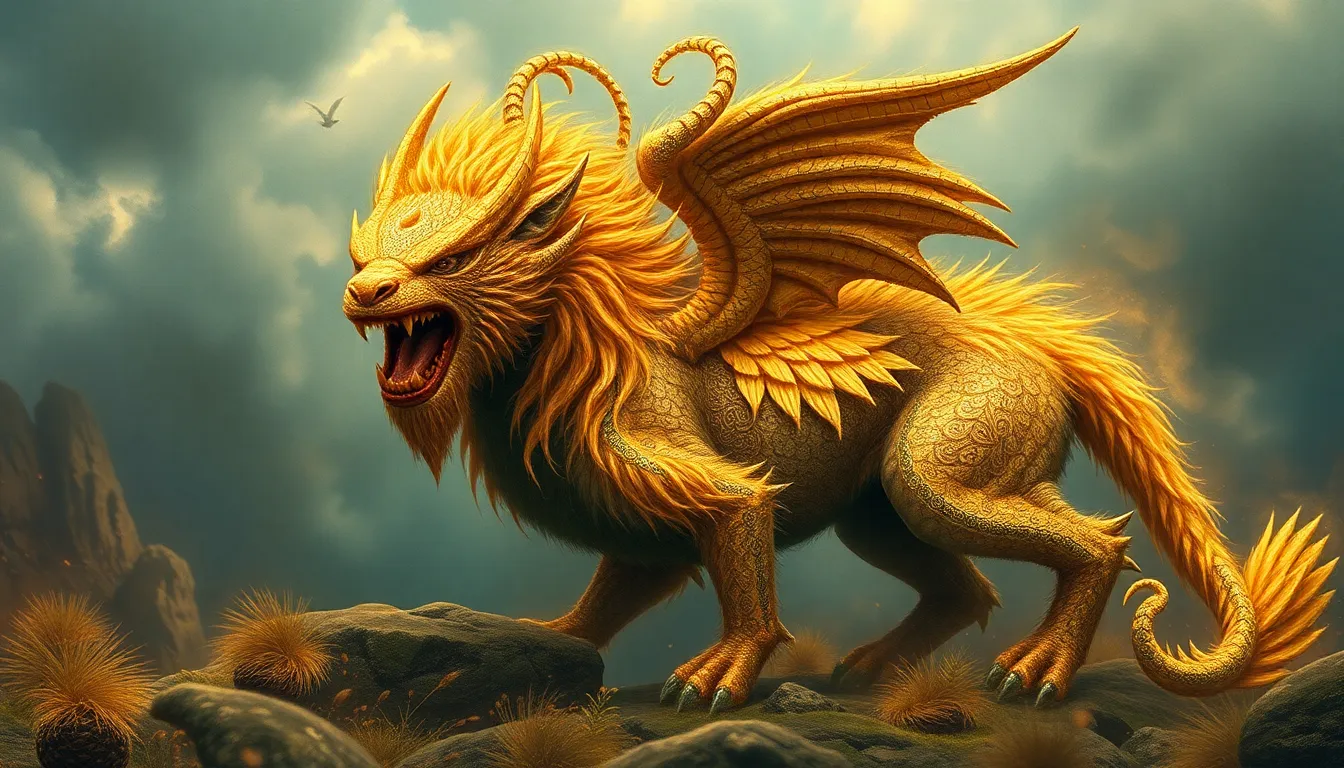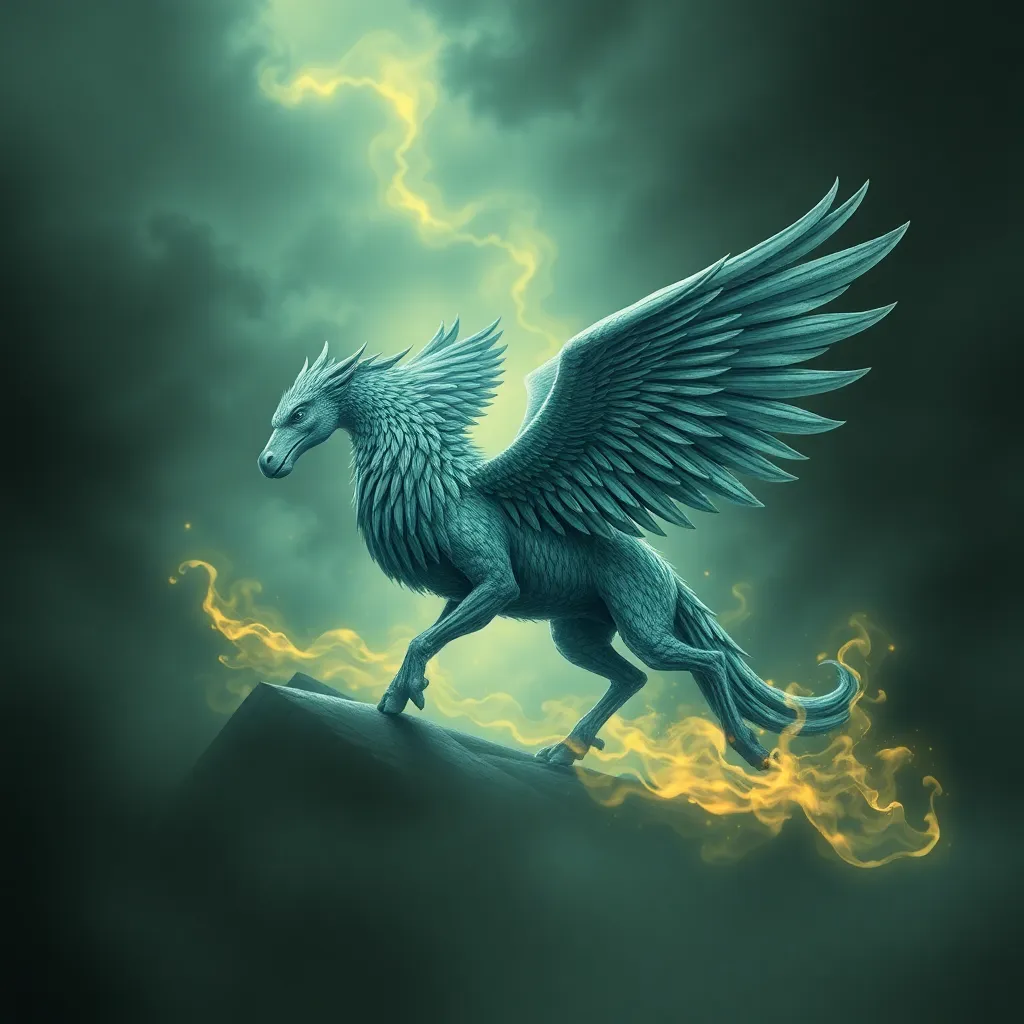The Cosmic Dance: How Ancient Deities Explained the Universe
I. Introduction
Throughout history, humanity has sought to understand the cosmos, weaving intricate stories that connect the celestial with the terrestrial. Ancient cosmologies provide a fascinating glimpse into the minds of early civilizations, showcasing how they interpreted their place in the universe. Central to these interpretations were deities, powerful figures that shaped early human understanding of the cosmos and its phenomena. This article aims to explore the profound connection between mythology and cosmology, shedding light on how ancient cultures explained the universe through the lens of their gods.
II. The Role of Mythology in Ancient Cultures
Mythology is a collection of narratives that explain the origins, history, and nature of the world and humanity’s place in it. It holds immense importance in ancient cultures, serving not only as entertainment but as a framework for understanding complex natural phenomena. Myths often acted as early scientific explanations for events that were otherwise difficult to comprehend.
Moreover, the relationship between mythology, culture, and environment is deeply intertwined. Myths were often crafted in response to the immediate surroundings and the existential questions posed by natural events, societal structures, and human experiences. This made mythology a vital part of the cultural identity and collective consciousness of ancient peoples.
III. The Creation Myths Across Civilizations
Creation myths are foundational narratives that explain how the universe and humanity came into being. Different cultures have their unique stories, each reflecting their values and environmental contexts.
A. Overview of creation myths from various cultures
- Mesopotamian creation stories: The Enuma Elish describes a cosmic battle among gods leading to the creation of the world from the body of the slain goddess Tiamat.
- Egyptian cosmology: In Egyptian beliefs, Atum emerged from the primordial waters and created the universe, while Ra, the sun god, represented the life-giving force.
- Hindu creation narratives: Hindu myths often depict Brahma emerging from the cosmic ocean, symbolizing creation through a divine act of will.
- Greek mythology: The tale of Gaia and Uranus illustrates the earth’s emergence from chaos and the subsequent birth of the Titans, signifying the establishment of order.
B. Comparative analysis of themes and motifs
Across these diverse cultures, common themes emerge, such as the struggle between chaos and order, the role of a supreme creator, and the cyclical nature of existence. These motifs reflect humanity’s quest to understand the cosmos as a dynamic interplay of forces.
IV. Deities as Cosmic Forces
In many ancient cultures, deities were personifications of natural phenomena, embodying the forces that governed the universe. These gods were often invoked in rituals and agricultural practices, emphasizing their integral role in daily life.
A. The personification of natural phenomena
Deities were often seen as manifestations of celestial bodies and natural forces, illustrating the deep connection between humanity and the cosmos.
B. Examples of deities embodying celestial bodies and forces
- Sun gods: Helios in Greek mythology and Ra in Egyptian lore symbolize the sun’s life-giving power and are often depicted driving chariots across the sky.
- Moon deities: Selene, the Greek goddess of the moon, and Chandra in Hindu mythology represent the tranquil and reflective nature of the lunar cycle.
- Storm gods: Zeus in Greek mythology and Tlaloc in Aztec beliefs embody the power of storms and rain, crucial for agriculture and survival.
C. The impact of these deities on agricultural and seasonal cycles
The influence of celestial deities extended to agricultural practices, with many cultures aligning planting and harvest seasons with celestial events, thereby reinforcing the importance of these deities in sustaining life.
V. Mythological Narratives and Astronomical Events
Ancient cultures often correlated their myths with astronomical observations, using them to explain celestial phenomena that were otherwise mysterious.
A. Correlation between myths and astronomical observations
For instance, many cultures developed intricate calendars based on lunar and solar cycles, integrating these observations into their mythologies.
B. How ancient cultures used mythology to explain phenomena
- Eclipses: These were often seen as omens or battles among gods, reflecting the uncertainty and fear surrounding such phenomena.
- Solstices: Many societies celebrated solstices as pivotal moments in the agricultural calendar, attributing them to the actions of deities.
C. Case studies: The Mayan calendar and its deities
The Mayans had a sophisticated understanding of astronomy, reflected in their calendar systems. Their gods were directly associated with celestial events, and their religious practices were intricately linked to these astronomical observations.
VI. The Influence of Ancient Cosmologies on Philosophy
As societies evolved, the transition from mythological to philosophical explanations of the universe began to take shape. Key philosophers engaged with ancient myths to explore deeper truths about existence.
A. Transition from mythological to philosophical explanations
This transition marked a significant shift in human thought, where logical reasoning began to challenge traditional narratives.
B. Key philosophers and their interpretations of ancient myths
- Pre-Socratic thinkers: Philosophers like Heraclitus and Anaximander explored the nature of the cosmos, often referencing mythological concepts.
- Plato’s Timaeus: In this dialogue, Plato presents a cosmological narrative that blends myth with philosophical inquiry, emphasizing the role of a divine craftsman.
VII. The Legacy of Ancient Deities in Modern Astronomy
The influence of ancient mythologies continues to resonate in modern astronomy, where the names of planets and celestial bodies often hark back to ancient deities.
A. Continued influence of mythological names in astronomy
For example, planets in our solar system are named after Roman and Greek gods, such as Mars (the god of war) and Venus (the goddess of love).
B. The role of ancient cosmologies in shaping modern scientific thought
Early cosmological ideas paved the way for contemporary scientific discussions, providing a historical context that enriches our understanding of the universe.
C. How ancient narratives can inform contemporary scientific discussions
By examining ancient narratives, we can gain insights into humanity’s evolving relationship with the cosmos, which continues to inform scientific exploration today.
VIII. The Psychological and Cultural Impact of Ancient Cosmologies
Ancient cosmologies not only provided explanations for natural phenomena but also shaped the psychological and cultural identities of civilizations. The stories surrounding deities promoted a sense of belonging and understanding of the world.
These narratives fostered community bonds, as shared beliefs in gods and cosmological stories united people around common values and practices. They also provided frameworks for understanding life’s mysteries, offering comfort in times of uncertainty.
In conclusion, the cosmic dance of ancient deities serves as a reminder of humanity’s enduring quest to understand the universe. Through mythology, early civilizations crafted narratives that not only explained their existence but also shaped their identities, beliefs, and interactions with the world around them. The legacy of these stories continues to resonate in contemporary discussions about science, philosophy, and our place in the cosmos.



